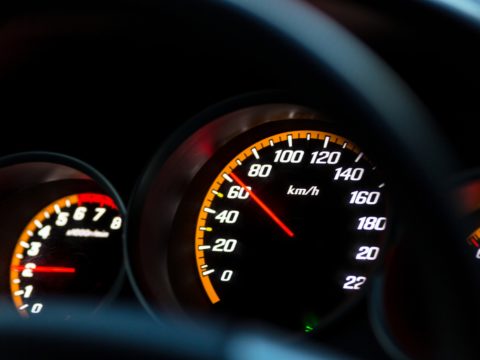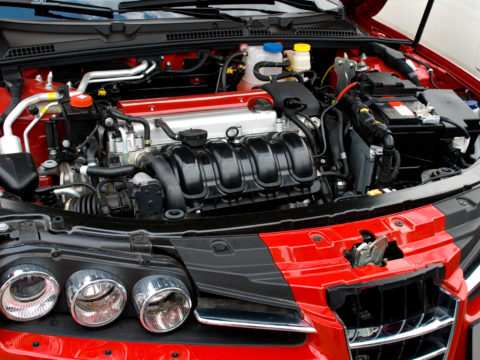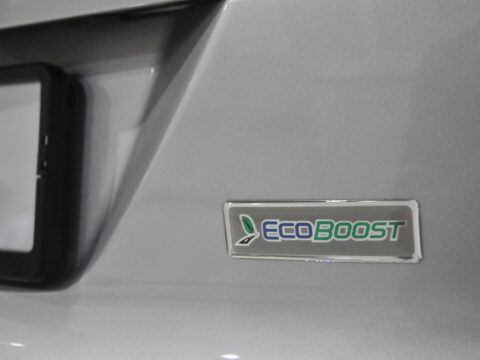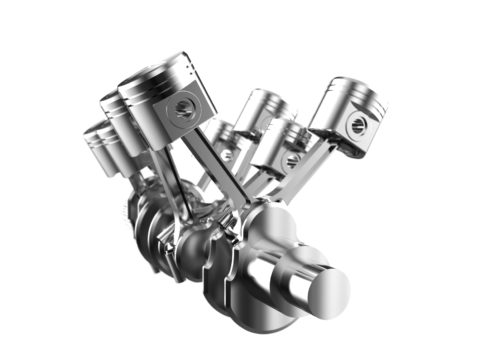If your engine has gone without an oil change for too long, it might suffer some damage. However, it can be hard to tell if a lack of oil is causing problems for your vehicle or if another issue is at fault.
This article will outline how you can tell if your engine has become damaged and how to respond to a Check Engine light.
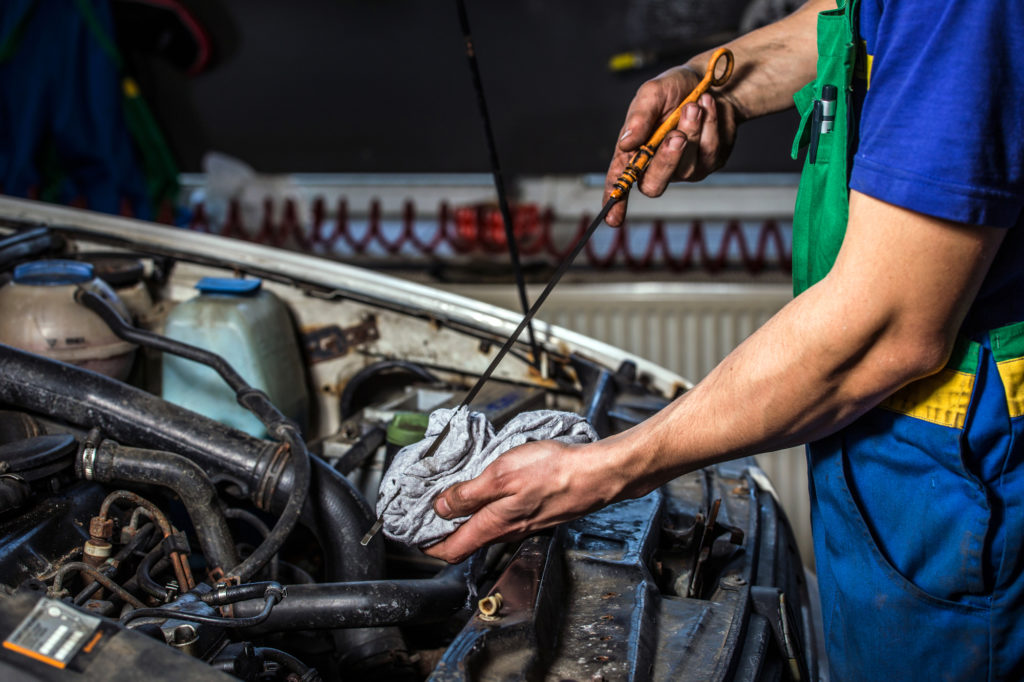
Contents
What Does the Check Engine Light Mean?
Your Check Engine light is a simple indicator meaning that something is not quite right with your engine. Nowadays, with engine computers, it could also mean that something is wrong with the electronics that monitor your engine’s state.
If your engine has damage from running without oil, you can see visible scoring inside the metal components of the crankcase, including the crankshaft. If there is any oil residue in your engine, it will contain a substantial amount of metal debris.
If your engine runs for fifteen minutes or longer without any oil, it may seize or even explode.
When you see your Check Engine light go on, you must take your vehicle in for an inspection to make sure you understand the problem.
Your Check Engine light could refer to many potential issues, one of which might be that your engine is suffering from a lack of oil lubrication. If your vehicle is low on oil, or if the oil is dirty, the Check Engine light will come on to let you know it is time to change it.
What Does the Check Engine Light Look Like?
When your Check Engine light comes on, an orange or yellow symbol will light up on your dash. This symbol is in the shape of an engine, often accompanied by the word ‘check’ to indicate that you need to check your engine.
The Check Engine light will shine steadily if something is wrong with your engine. It may also flash in more serious cases, such as an engine misfire.
Why is the Check Engine Light on After an Oil Change?
There are several reasons why your Check Engine light could still be on after an oil change.
Reason 1: Wrong Oil
If you put the wrong oil in your car, it will not lubricate your engine the same way and might lower the overall oil pressure. The incorrect oil can cause your oil sensor to believe you did not change the oil at all, meaning your check engine light will still be on.
Reason 2: Low Oil Pressure
Sometimes after changing your oil, it can take a few minutes for the pressure to get up to normal. During this time, your oil sensor might not immediately register the new oil and will indicate that it still needs changing.
Reason 3: Loose Gas Cap
If you fill up your vehicle after getting an oil change, the check engine light might come on if you don’t put the gas cap on correctly.
Reason 4: Oil Filler Cap Backward
If your oil fill cap is on backward, this will trigger your check engine light.
Reason 5: Dipstick Not Fully Seated
If you do not put the dipstick back properly, this will cause the check engine light to stay on.
Reason 6: Oil Sensor Did Not Reset
Occasionally, the fault lies with your oil sensor not resetting even after you have changed the oil.
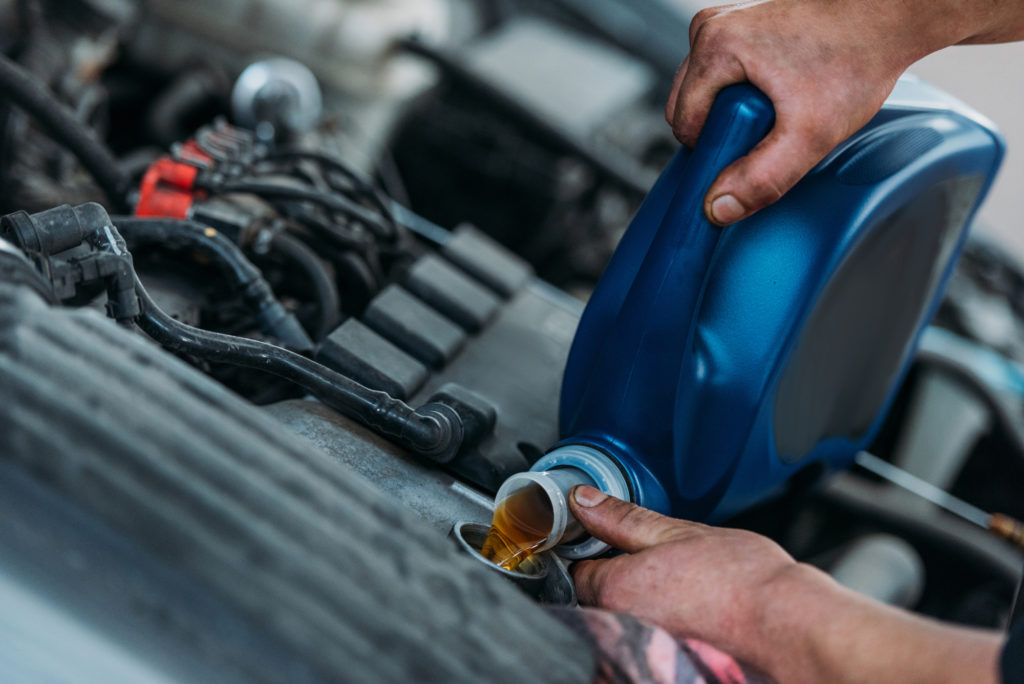
How Do You Fix the Problem?
When you use the wrong oil for your car, you will have to flush out the wrong oil, change the filter, and put in the correct oil. Whether you or someone else put in the incorrect oil, you will have to change it yourself or find a mechanic to do it as soon as possible.
If the problem is simply low oil pressure, all you have to do is wait for the pressure to come up. As your engine runs, the oil will get pumped throughout the system, providing lubrication and also bringing up the oil pressure.
For loose gas caps, the problem is equally as simple. Check to see that you have put the gas cap on correctly. If the Check Engine light still shines, another issue will be the root of the problem.
Similarly, if the issue comes from either your oil filler cap or your dipstick, fixing the problem is effortless. Simply make sure that the dipstick has proper placement and that the oil filler cap is on correctly. By readjusting these two components so that they fit as they should, your Check Engine light will go off.
If you are contending with an oil sensor that is not resetting, you will need to reset it manually. The following section will outline how to reset your Check Engine light.
How to Reset Check Engine Light After Your Oil Change
Resetting your Check Engine light is a simple matter, and there are also multiple ways to do so. If none of these suggestions work, you might have to take your vehicle to a mechanic to get your car’s engine checked over.
Tools and Equipment Needed
For these suggestions, all you need to reset your Check Engine light is your vehicle, its keys, and the driver’s manual. The driver’s manual can help you locate the necessary components needed to reset your Check Engine light if you aren’t sure where they are.
For instance, if you skip to steps five or six, your manual can help you find your reset stick or fuse box quickly.
Step 1: Turn on Indicator Lights
Turn the key in the ignition until you see the indicator lights, but do not turn the vehicle on.
Step 2: Locate the Reset Stick
If your vehicle has a reset stick among your gauge cluster, look for it there. It should be near to where your speedometer is.
Step 3: Press the Reset Stick
Press the reset stick until you see the Check Engine light beginning to blink.
Step 4: Restart the Car
You may now properly start the car. The Check Engine light should go off shortly.
If these steps don’t help, or if you can’t find the reset stick, there are two other solutions you can try outlined below.
Step 5: Step on the Gas and Restart
Place your key in the ignition and turn it until the indicator lights come on, but do not start your car. Then, step on the gas pedal three times in quick succession. Then you may start your car properly.
If this solution also does not help, carry on to Step 6 below.
Step 6: Fuse Box
With the key removed from the ignition, locate your vehicle’s fuse box. You will find a reset button inside. Press the button until it begins to beep. Then, your Check Engine light should be reset.
Should You DIY Or Use a Mechanic?
Changing your oil and resetting the Check Engine light are simple enough tasks.
If you learn how to do both properly, you can certainly do both yourself instead of relying on a mechanic. However, choosing to use a mechanic is often more convenient for vehicle owners. If you don’t have time to tinker with your car, or if you don’t feel confident in your abilities, there’s no shame in going to a trained professional.
Mechanics can also spot problems you might miss. For instance, in changing your oil, they might see immediately that your Check Engine light needs to be reset and will do it for you. It is also more likely that a mechanic will replace the dipstick and oil filler cap properly, preventing the Check Engine light from coming on at all.
If you trust your mechanic and prefer to rely on them for all your oil change needs, do so. If you’d rather do it yourself, the choice is up to you.

